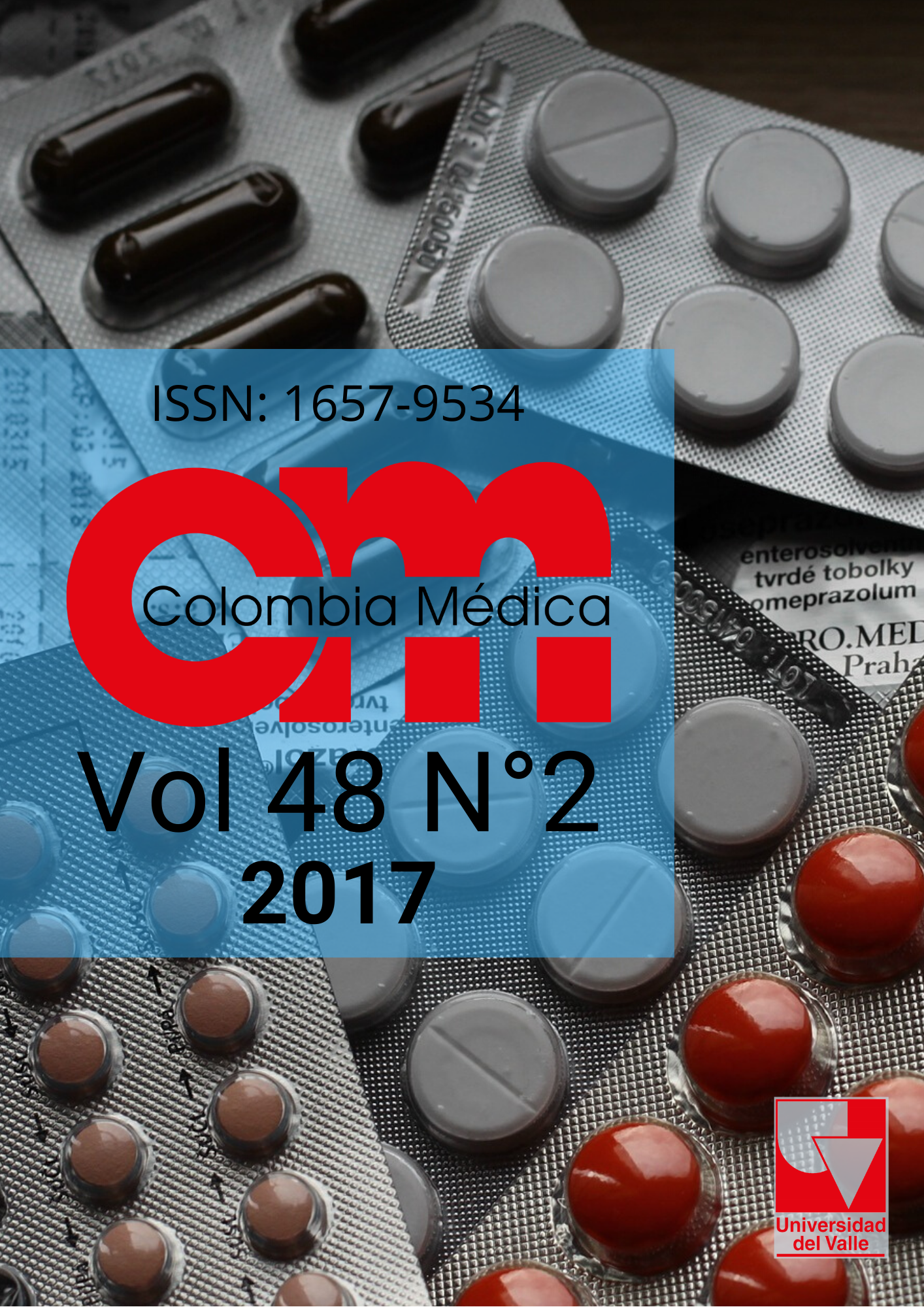NEDOCS vs subjective evaluation, ¿Is the health personnel of the emergency department aware of its overcrowding?
Keywords:
Emergency medical services, crowding, attitude of health personnel, surge capacity, social perception, health services needs and demandsMain Article Content
Handel DA, Ginde AA, Raja AS, Rogers J, Sullivan AF, Espinola JA, et al. Implementation of crowding solutions from the American College of Emergency Physicians Task Force Report on Boarding. Int J Emerg Med. 2010; 3(4): 279-86. DOI: https://doi.org/10.1007/s12245-010-0216-6
Weiss SJ, Ernst AA, Derlet R, King R, Bair A, Nick TG. Relationship between the National ED Overcrowding Scale and the number of patients who leave without being seen in an academic ED. Am J Emerg Med. 2005; 23(3): 288-94. DOI: https://doi.org/10.1016/j.ajem.2005.02.034
Kulstad EB, Sikka R, Sweis RT, Kelley KM, Rzechula KH. ED overcrowding is associated with an increased frequency of medication errors. Am J Emerg Med. 2010; 28(3): 304-9. DOI: https://doi.org/10.1016/j.ajem.2008.12.014
Richardson DB. Increase in patient mortality at 10 days associated with emergency department overcrowding. Med J Aust. 2006; 184(5): 213-6. DOI: https://doi.org/10.5694/j.1326-5377.2006.tb00204.x
Sprivulis PC, Da Silva J-A, Jacobs IG, Frazer ARL, Jelinek GA. The association between hospital overcrowding and mortality among patients admitted via Western Australian emergency departments. Med J Aust. 2006; 184(5): 208-12. DOI: https://doi.org/10.5694/j.1326-5377.2006.tb00203.x
Derlet R, Richards J, Kravitz R. Frequent overcrowding in U.S. emergency departments. Acad Emerg Med. 2001;8(2):151-5. DOI: https://doi.org/10.1111/j.1553-2712.2001.tb01280.x
Weiss SJ, Ernst AA, Nick TG. Comparison of the National Emergency Department Overcrowding Scale and the Emergency Department Work Index for quantifying emergency department crowding. Acad Emerg Med. 2006; 13(5): 513-8. DOI: https://doi.org/10.1111/j.1553-2712.2006.tb01001.x
Weiss SJ, Derlet R, Arndahl J, Ernst AA, Richards J, Fernández-Frackelton M, et al. Estimating the degree of emergency department overcrowding in academic medical centers: results of the National ED Overcrowding Study (NEDOCS). Acad Emerg Med. 2004; 11(1): 38-50. DOI: https://doi.org/10.1111/j.1553-2712.2004.tb01369.x
The University of New Mexico, Department of Emergency Medicine. NEDOCS Calculator. 2012. Available
from: http://emed.unm.edu/clinical/resources/nedocs.html.
Lambe S, Washington DL, Fink A, Laouri M, Liu H, Scura Fosse J, et al. Waiting times in California’s emergency departments. Ann Emerg Med. 2003; 41(1): 35-44. DOI: https://doi.org/10.1067/mem.2003.2
Anneveld M, van der Linden C, Grootendorst D, Galli-Leslie M. Measuring emergency department crowding in an inner city hospital in The Netherlands. Int J Emerg Med. 2013; 6(1): 21. DOI: https://doi.org/10.1186/1865-1380-6-21
Jones SS, Allen TL, Flottemesch TJ, Welch SJ. An independent evaluation of four quantitative emergency department crowding scales. Acad Emerg Med. 2006; 13(11): 1204-11. DOI: https://doi.org/10.1111/j.1553-2712.2006.tb01649.x
Hoot NR, Aronsky D. Systematic review of emergency department crowding: causes, effects, and solutions. Ann Emerg Med. 2008; 52(2): 126-36. DOI: https://doi.org/10.1016/j.annemergmed.2008.03.014
Raj K, Baker K, Brierley S, Murray D. National Emergency Department Overcrowding Study tool is not useful in an Australian emergency department. Emerg Med Australas EMA. 2006; 18(3): 282-8. DOI: https://doi.org/10.1111/j.1742-6723.2006.00854.x
Wang H, Robinson RD, Bunch K, Huggins CA, Watson K, Jayswal RD, et al. The inaccuracy of determining overcrowding status by using the national ED overcrowding study tool. Am J Emerg Med. 2014; 32(10): 1230-6. DOI: https://doi.org/10.1016/j.ajem.2014.07.032
Drummond AJ. No room at the inn: overcrowding in Ontario’s emergency departments. CJEM. 2002; 4(2): 91-7. DOI: https://doi.org/10.1017/S1481803500006187
Reeder TJ, Burleson DL, Garrison HG. The overcrowded emergency department: a comparison of staff perceptions. Acad Emerg Med. 2003; 10(10): 1059-64. DOI: https://doi.org/10.1111/j.1553-2712.2003.tb00575.x
Trzeciak S. Emergency department overcrowding in the United States: an emerging threat to patient safety and public health. Emerg Med J. 2003;20(5):402-5.19. DOI: https://doi.org/10.1136/emj.20.5.402
Forster AJ, Stiell I, Wells G, Lee AJ, van Walraven C. The effect of hospital occupancy on emergency department length of stay and patient disposition. Acad Emerg Med. 2003;10(2):127-33. DOI: https://doi.org/10.1111/j.1553-2712.2003.tb00029.x
Downloads
The copy rights of the articles published in Colombia Médica belong to the Universidad del Valle. The contents of the articles that appear in the Journal are exclusively the responsibility of the authors and do not necessarily reflect the opinions of the Editorial Committee of the Journal. It is allowed to reproduce the material published in Colombia Médica without prior authorization for non-commercial use

